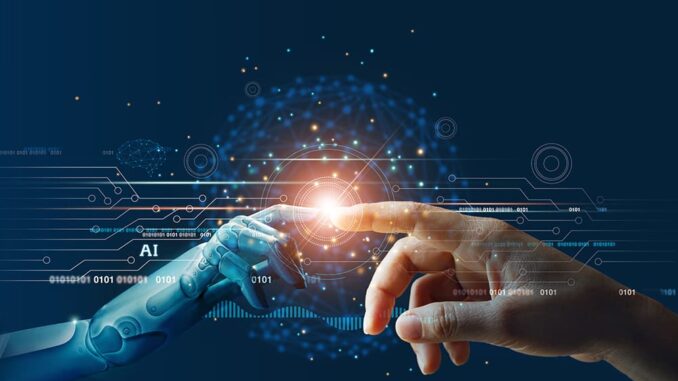
Integrating AI tools into software development can significantly enhance productivity, code quality, and streamline workflows. Here’s a detailed guide on how to effectively incorporate AI tools into your software development processes:
### 1. **Assessment of Needs and Objectives** – **Identify Pain Points:** Start by analyzing the existing development processes to determine areas where AI can add value. This may include improving coding efficiency, enhancing testing, or accelerating deployment.









– **Set Clear Objectives:** Define what you hope to achieve with AI integration, such as reducing time spent on code reviews, minimizing bugs, or improving team collaboration.
### 2. **Choosing the Right AI Tools**
– **Research Available Tools:** Explore various AI tools tailored for specific aspects of software development. Some popular categories include:
– **Code Assistance:** Tools like GitHub Copilot or AI21 for code completion and suggestions.
– **Automated Testing:** AI-driven testing frameworks like Test.ai or Applitools for efficient test generation.
– **Code Review:** Tools like SonarQube, DeepScan, or CodeGuru for automated code review and quality assurance.
– **CI/CD Pipelines:** Tools incorporating AI for optimization, such as CircleCI or Jenkins with AI plugins.
### 3. **Integration with Existing Development Environment**
– **API and SDK Usage:** Many AI tools provide APIs or SDKs for integration. Incorporate these into your existing development environments (IDEs, version control systems).
– **Compatibility Checks:** Ensure that the chosen tools are compatible with the workflows, technologies, and frameworks already in use by your team.
### 4. **Training and Adaptation**
– **Team Education:** Provide training sessions to familiarize developers with the AI tools. This can include workshops, documentation, and hands-on sessions to encourage usage.
– **Prototyping and Experimentation:** Encourage teams to experiment with AI tools in small projects or specific tasks first. This helps build confidence and identify best practices.
### 5. **Developing Best Practices**
– **Establish Guidelines:** Create documentation that outlines how and when to use AI tools, including best practices for code generation, testing, and code reviews.
– **Integrate into Code Review Process:** Define how AI-generated code should be reviewed by peers, maintaining a balance between machine suggestions and human oversight.
### 6. **Continuous Monitoring and Feedback**
– **Gather User Feedback:** Regularly collect feedback from team members on their experiences with the AI tools. This will help identify areas for improvement and additional training needs.
– **Performance Metrics:** Set up metrics to evaluate the effectiveness of AI integrations. Monitor aspects like code quality, bug rates, development speed, and team satisfaction.
### 7. **Iterate and Optimize**
– **Refine Processes:** Use feedback and performance data to refine the integration processes. Adjust tools or make changes to workflows based on insights gained through continued use.
– **Stay Updated:** AI technology evolves rapidly. Regularly review and update the tools and methodologies based on the latest trends and advancements in AI.
### 8. **Encourage a Culture of Innovation**
– **Foster Experimentation:** Encourage team members to explore new AI tools and methodologies that can complement their work.
– **Celebrate Successes:** Share success stories related to AI integration within the team to motivate continued adoption and innovation.
### 9. **Ensure Ethical Use of AI**
– **Address Bias and Errors:** Be aware of potential biases in AI-generated outputs. Establish practices to review and correct any inaccuracies.
– **Data Privacy Compliance:** Ensure that the use of AI tools complies with data privacy regulations, especially when handling sensitive information.
### Conclusion
Integrating AI tools into software development offers substantial benefits but requires careful planning, training, and monitoring. By following these structured steps, teams can effectively harness the power of AI to improve their development processes, reduce errors, and foster collaboration. As technology continues to evolve, staying adaptable and open to new AI advancements will be pivotal for sustained success.

Leave a Reply